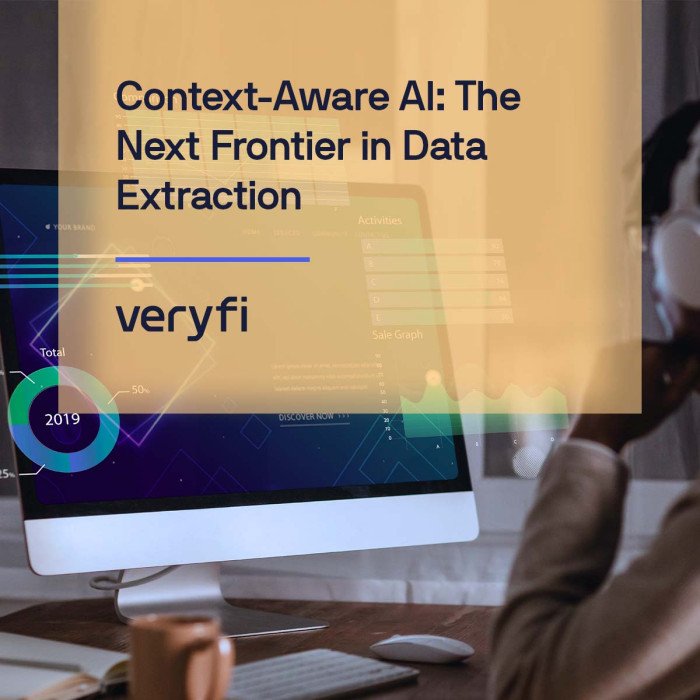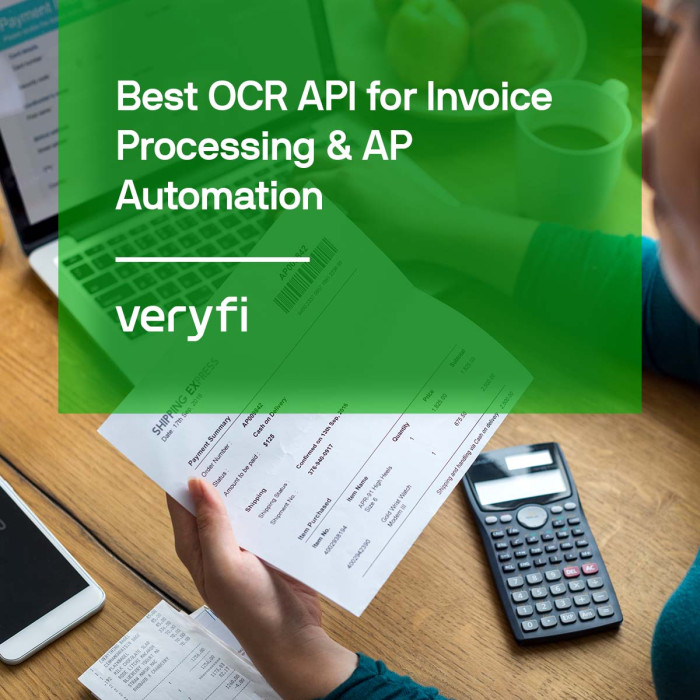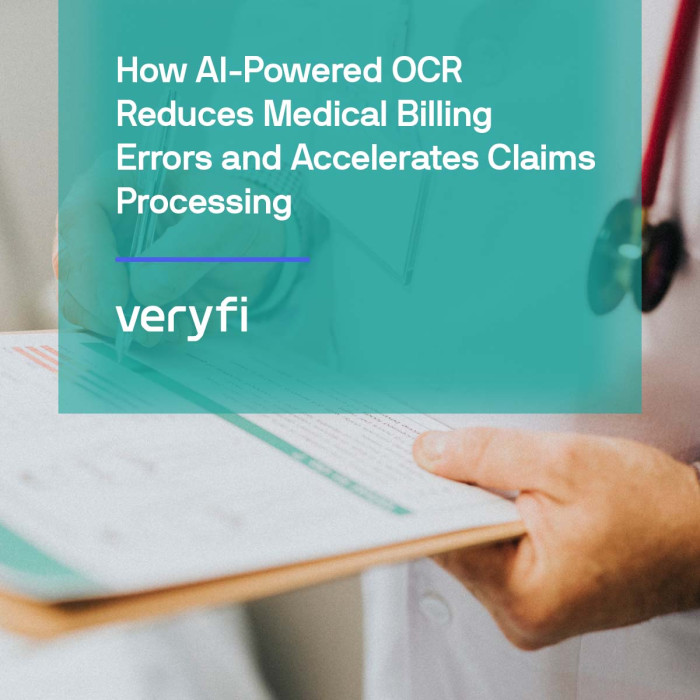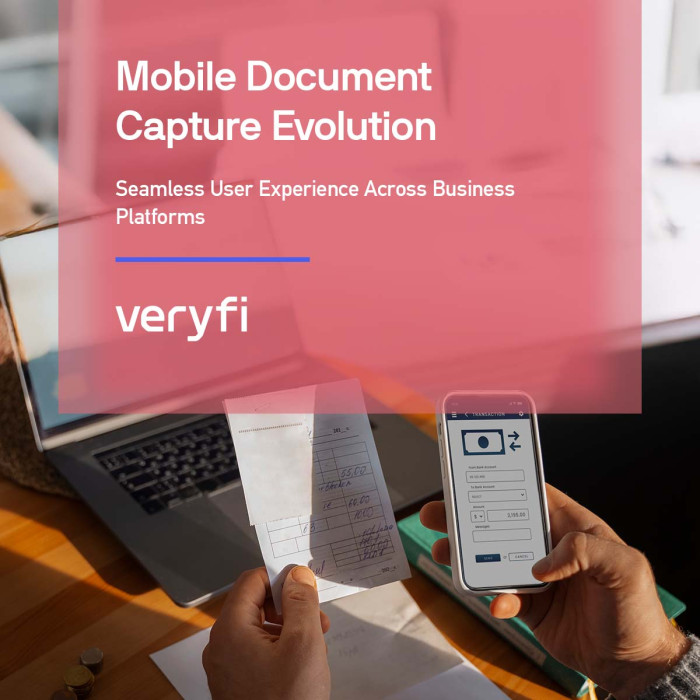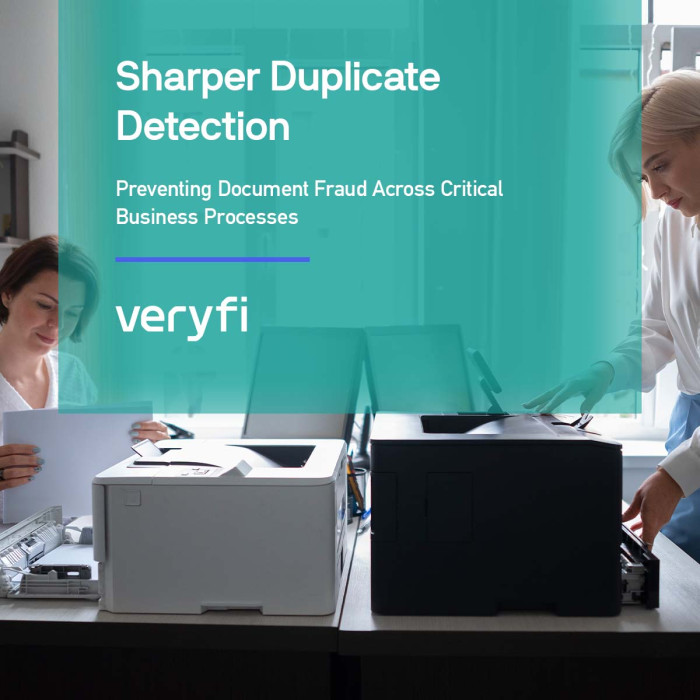Here’s A Guide to Get You Started
Experian’s survey finds that 52% of businesses face data accuracy and quality issues. Data parsing can help by allowing quick and accurate data extraction and analysis, resulting in high-quality data. Investing in data management technology, like parsing tools, improves accuracy and quality, leading to better decision-making and operational efficiencies.
Data parsing is essential in today’s world. It allows us to extract valuable insights and knowledge from the massive amounts of data that we generate. It enables businesses to make informed decisions, scientists to conduct research, and engineers to develop efficient and reliable software. Without data parsing, much of the information we collect would be inaccessible or unusable, leading to missed opportunities and lost potential.
In this blog, we will go over data parsing basics, advantages, common pitfalls, and what you can do to get faster, more accurate and secure data.
What is Data Parsing?
Data parsing extracts data from structured/unstructured formats. It breaks down data into components for analysis. This vital process is used in various fields, including business, science, and technology.
Process of Data Parsing
Parsing data breaks it into individual components for easier analysis. Moreover, specialized software tools/programming languages are used to extract and organize data, which is often stored in structured formats like databases/spreadsheets. Attention to detail, however, and a thorough understanding of data structure are needed for accurate extraction.
Types of Data Parsing
There are two main types of data parsing: structured and unstructured. Structured parsing is for pre-defined data formats like databases/spreadsheets. Unstructured parsing is for inconsistent data formats like text documents/social media feeds. There are various methods and techniques used within each type, including parsing libraries, regular expressions, and tokenization.
Uses of Data Parsing
Data parsing is a versatile technique that finds applications in various fields. For instance, it is widely used in business, marketing, and sales to extract valuable insights from large data sets. Similarly, it can also be applied to science and technology, enabling data-driven decision-making and improved operational efficiency. As a result of effective data parsing, businesses can personalize marketing efforts, optimize sales strategies, and identify market trends and opportunities.
Marketing: Parsing data helps businesses and marketers extract insights from large data sets. It identifies customer behavior/purchasing history patterns for personalized marketing. It identifies trends/opportunities in the market for data-driven decisions about pricing, positioning, and product development.
Sales: In sales, customer information can be extracted from CRM databases and sales reports. It identifies sales trends, personalized sales strategies, and optimizes the sales pipeline. Data parsing improves customer interactions by understanding their needs and pain points, increasing customer satisfaction.
Research: In scientific research, large volumes of data can be extracted and analyzed from experiments and simulations, enabling researchers to identify patterns, trends, and relationships. This can inform new discoveries and advances in various fields, including medicine, physics, and engineering.
Analysis: Data parsing is a critical tool for scientific analysis, enabling researchers to extract valuable insights from large data sets and improve the accuracy and reliability of their analyses.
Data Management: Data parsing is a powerful tool for data management, enabling organizations to efficiently and accurately organize, categorize, and analyze large volumes of data to improve data quality, reliability, and accessibility.
Software Development: Parsing data is a critical tool for software development, allowing developers to extract and transform data into a structured format that can be easily manipulated and analyzed, enabling efficient software development and improved data management.
Advantages of Data Parsing
Data parsing is an excellent tool for automating repetitive and time-consuming tasks, which ultimately improves operational efficiency. By automating data extraction and organization, businesses can reduce errors and improve data quality, resulting in better decisions. Additionally, data parsing seamlessly integrates with existing software applications for automated data processing and analysis, reducing manual labor and increasing productivity.
Improved data quality resulting from data parsing can yield a range of benefits for businesses. With accurate and reliable data, companies can make better-informed decisions, identify trends, and optimize business processes. In addition, high-quality data can facilitate personalized marketing efforts, better customer experiences, and improved product development. By leveraging the insights gained through data parsing, businesses can stay competitive and drive growth in their respective industries.
Data parsing is a versatile technique that can extract data accurately and efficiently from various sources such as text files, databases, and websites. The automated extraction process reduces errors and inconsistencies, ultimately improving accuracy and reliability. Moreover, data parsing provides real-time data extraction, which gives businesses up-to-date information for informed decision-making. As a result, businesses can rely on data parsing to provide timely and accurate insights to help them stay ahead of the competition.
Challenges in Data Parsing
Dealing with Large Datasets
Despite its advantages, data parsing can face challenges when dealing with large datasets. These datasets can be time-consuming and resource-intensive to parse, leading to difficulties in data quality and consistency. However, businesses can overcome these challenges by using advanced parsing techniques like parallel processing and distributed computing. In addition, data cleaning techniques can improve data accuracy and processing efficiency, leading to better results in data analysis. By addressing these challenges, businesses can unlock the full potential of data parsing and use it as a valuable tool for making informed decisions.
Handling Unstructured Data
Parsing unstructured data can be challenging due to its lack of organization and standardized format. Accurately extracting information from unstructured data requires advanced techniques like natural language processing and image recognition. However, accuracy in parsing unstructured data can be affected by language barriers, writing styles, and image quality. To address these challenges, machine learning algorithms and AI-powered tools can improve accuracy and efficiency in parsing unstructured data. By leveraging these advanced technologies, businesses can unlock the full potential of unstructured data and gain valuable insights to improve their operations and decision-making.
Parsing errors
Despite its benefits, parsing errors can occur due to unexpected data formats or structures, leading to incomplete or inaccurate data extraction. To address these errors, businesses can use data validation and error handling procedures to identify and correct parsing errors. Moreover, continuous monitoring and refinement of the parsing process can help improve data accuracy and prevent future errors. By implementing these procedures, businesses can ensure that the parsed data is accurate and reliable, leading to better-informed decision-making and improved operational efficiency.
Importance of Data Parsing in Data-Driven Industries
Data parsing is critical for accurate and efficient data extraction in data-driven industries. It offers businesses a competitive advantage by automating tasks, saving time and effort, and improving accuracy and efficiency in data extraction. Although challenges in handling large and unstructured datasets and parsing errors exist, advanced techniques and AI-powered tools can help overcome these challenges. As data volume and complexity continue to grow, the importance of data parsing in enabling data-driven decision-making will only increase.
If you are interested in learning more about how Veryfi turns unstructured data into structured data, you can test out our free web demo and see how our AI-driven OCR API Platform instantly turns documents into data.

